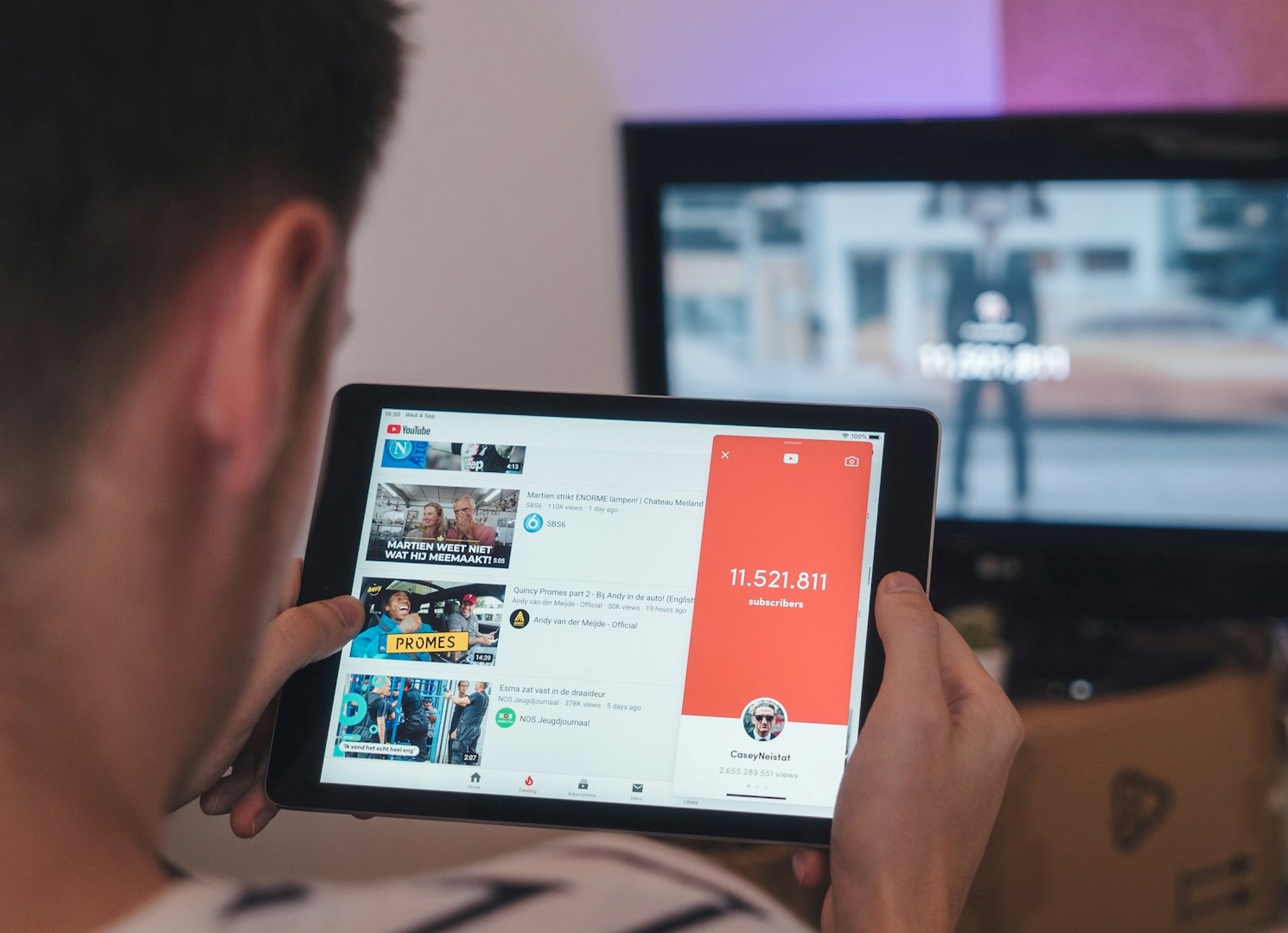So, you've poured your heart and soul into creating compelling YouTube content. You've edited it to perfection, and you're eager to share it with the world. But then... crickets. Sound familiar? The truth is, creating great videos is only half the battle. To truly reach your audience and grow your channel, you need to master the art of YouTube optimization. Think of it as making your videos discoverable in the vast ocean of content that is YouTube.
A Guide to Optimizing Your YouTube Videos
Optimization isn't some dark art or a set of secret hacks. It's about understanding how YouTube's algorithm works and strategically presenting your videos in a way that makes them appealing to both the platform and your potential viewers. Let's dive into the key areas you need to focus on:
-
Keyword Research: Laying the Foundation
Just like with Google search, keywords are the bedrock of YouTube discovery. These are the terms people type into the search bar when looking for videos like yours. Effective keyword research helps you understand what your audience is searching for and how to tailor your content and metadata accordingly.
- Brainstorming: Start by thinking like your audience. What words or phrases would you use to find your video? Consider different angles and levels of specificity.
- YouTube Search Bar: Begin typing potential keywords into the YouTube search bar. Pay attention to the autocomplete suggestions – these are popular searches.
- Competitor Analysis: See what keywords your successful competitors are using. Don't copy them verbatim, but identify relevant terms and look for gaps you can fill.
- YouTube Analytics: If you have existing videos, delve into your analytics. See which search terms are already leading viewers to your content.
- Keyword Research Tools: Explore free and paid tools like Google Keyword Planner, TubeBuddy, and VidIQ to uncover more keyword ideas, search volume data, and competition levels.
-
Crafting Compelling Titles and Descriptions
Your video's title and description are prime real estate for incorporating your target keywords and enticing viewers to click.
Titles:
- Be Clear and Concise: Aim for clarity over clickbait (though a touch of intrigue can work). Viewers should immediately understand what your video is about.
- Front-Load Keywords: Place your most important keywords towards the beginning of the title for better visibility.
- Keep it Engaging: Use strong verbs, numbers, questions, or bracketed information to make your title stand out.
- Keep it Relatively Short: Shorter titles are easier to read and less likely to get cut off in search results.
Descriptions:
- First Few Lines are Crucial: The first 1-2 sentences appear above the "Show more" button, so make them captivating and keyword-rich.
- Provide Detailed Information: Expand on your video's content, including relevant keywords naturally. Aim for at least a few paragraphs.
- Include Timestamps: Help viewers navigate longer videos by adding timestamps for key sections.
- Add Relevant Links: Include links to your other videos, playlists, social media, website, and any resources mentioned in the video.
- Use Relevant Hashtags: Add a few relevant hashtags (both broad and specific) to increase discoverability. The first three will appear above your title.
-
The Power of Visuals: Thumbnails and Cards/End Screens
In the visually driven world of YouTube, your thumbnail is often the first impression. Cards and end screens are crucial for keeping viewers engaged within your channel.
Thumbnails:
- High-Quality and Eye-Catching: Use crisp, clear images with a resolution of 1280x720 pixels.
- Visually Appealing: Employ contrasting colors, bold text (legible on small screens), and engaging imagery that hints at the video's content.
- Consistency is Key: Develop a consistent thumbnail style to build brand recognition.
- Avoid Misleading Clickbait: While tempting, misleading thumbnails can lead to viewer dissatisfaction and hurt your channel in the long run.
Cards:
- Strategic Placement: Add cards throughout your video to suggest related content, playlists, your channel, or external websites at relevant moments.
- Engaging Teasers: Customize the card text to entice viewers to click.
- End Screens:
- Clear Calls to Action: Utilize the last 5-20 seconds of your video to encourage viewers to subscribe, watch another video, or visit a playlist or website.
- Strategic Placement: Position elements clearly so they don't obstruct important visuals in your outro.
-
Engaging Your Audience
YouTube's algorithm favors videos that keep viewers watching. Engagement signals are crucial for ranking higher.
- Watch Time: Aim to keep viewers engaged for as long as possible. Create compelling content that holds their attention.
- Audience Retention: Analyze your audience retention graphs to identify drop-off points and understand which parts of your videos are less engaging. Use this information to improve future content.
- Likes, Comments, and Shares: Encourage viewers to interact with your videos. Ask questions, respond to comments, and make it easy for them to share your content.
- Build a Community: Foster a sense of community by interacting with your viewers, responding to comments, and even creating content based on their feedback.
-
Tags, Playlists, and Subtitles/CC
These often-overlooked elements can significantly boost your video's discoverability and accessibility.
- Tags: Add relevant keywords and phrases as tags. Include both broad and specific terms. While less impactful than titles and descriptions, they still provide valuable context to YouTube's algorithm.
- Playlists: Organize your videos into thematic playlists. This encourages viewers to watch multiple videos in a row, increasing watch time and channel engagement. Use descriptive titles and descriptions for your playlists as well.
- Subtitles/Closed Captions (CC): Adding subtitles not only makes your content accessible to a wider audience (including those who are deaf or hard of hearing) but also provides1 YouTube with text it can analyze to better understand your video's content.
-
YouTube Analytics
Optimization is an ongoing process that takes. There's no magic formula for instant success. Consistency is the key to success,
- Consistent Upload Schedule: Establish a regular upload schedule that your audience can rely on. Consistency keeps your channel active and encourages viewers to return.
- Analyze Your Analytics: Regularly monitor your YouTube Analytics. Pay attention to metrics like views, watch time, audience retention, traffic sources, and demographics. Understand what's working and what's not.
- Experiment and Adapt: Don't be afraid to experiment with different optimization techniques. Analyze the results and adapt your strategy accordingly.
- Stay Updated: YouTube's algorithm and best practices can evolve. Stay informed about the latest trends and updates in the YouTube creator community.
Level Up Your YouTube Views
Optimizing your YouTube videos is an essential part of growing your channel and reaching your target audience. It's a multifaceted process that involves understanding your audience, strategically using keywords, creating compelling visuals and metadata, and fostering engagement. By consistently applying these principles and continuously analyzing your results, you can significantly increase the visibility of your videos and turn those crickets into a thriving community of viewers. So, try these tips, experiment, and watch your views climb!
Got An Idea? Lets Make It
Happen Today
Just Wanna Chat ? Just let Us Know When









